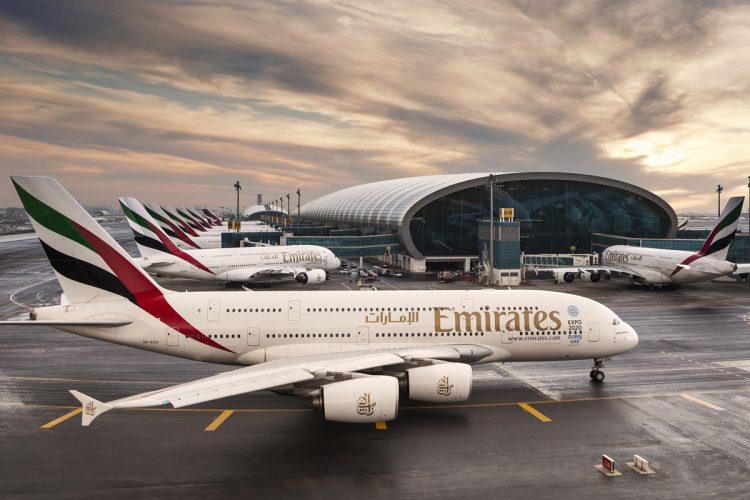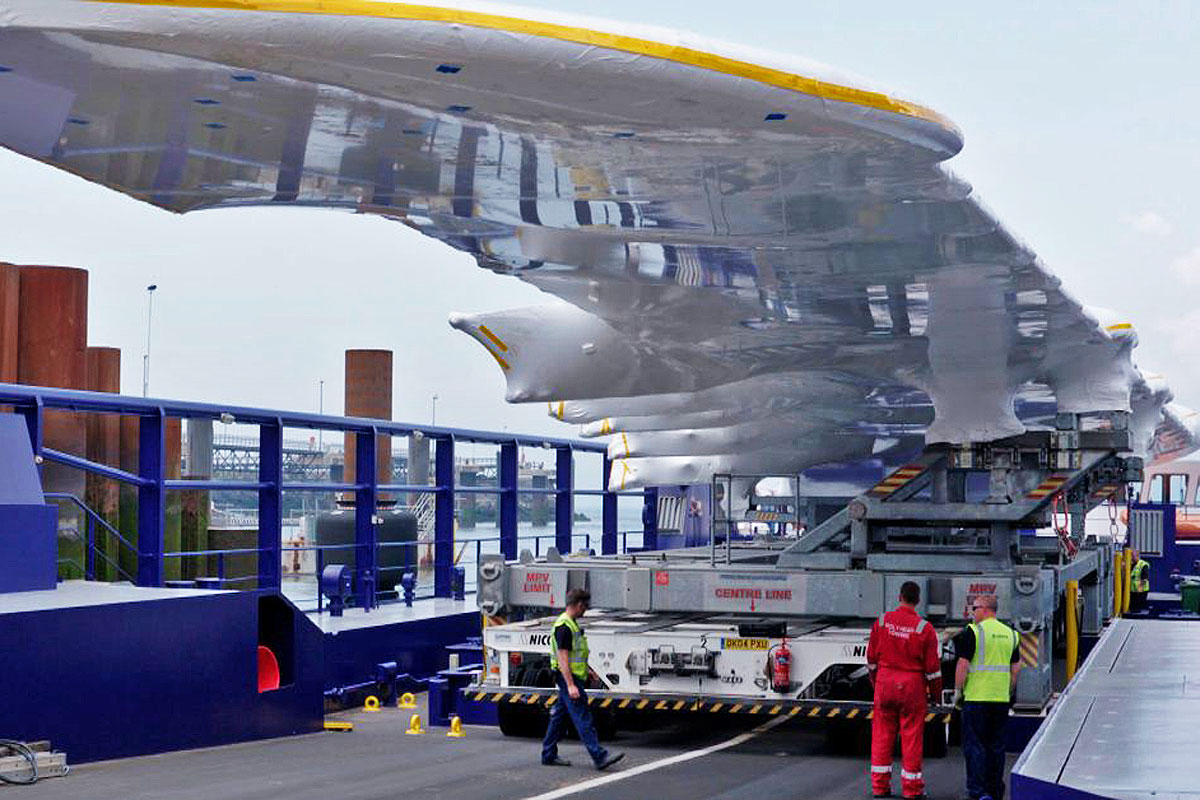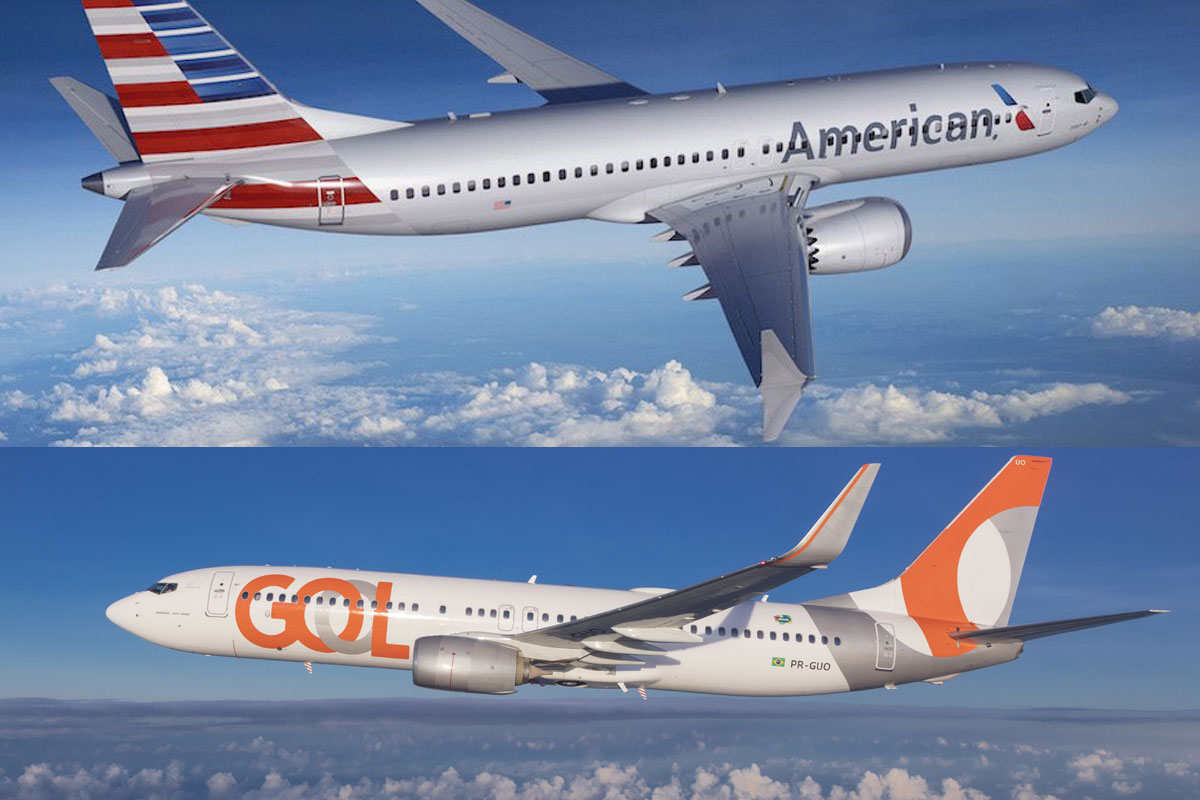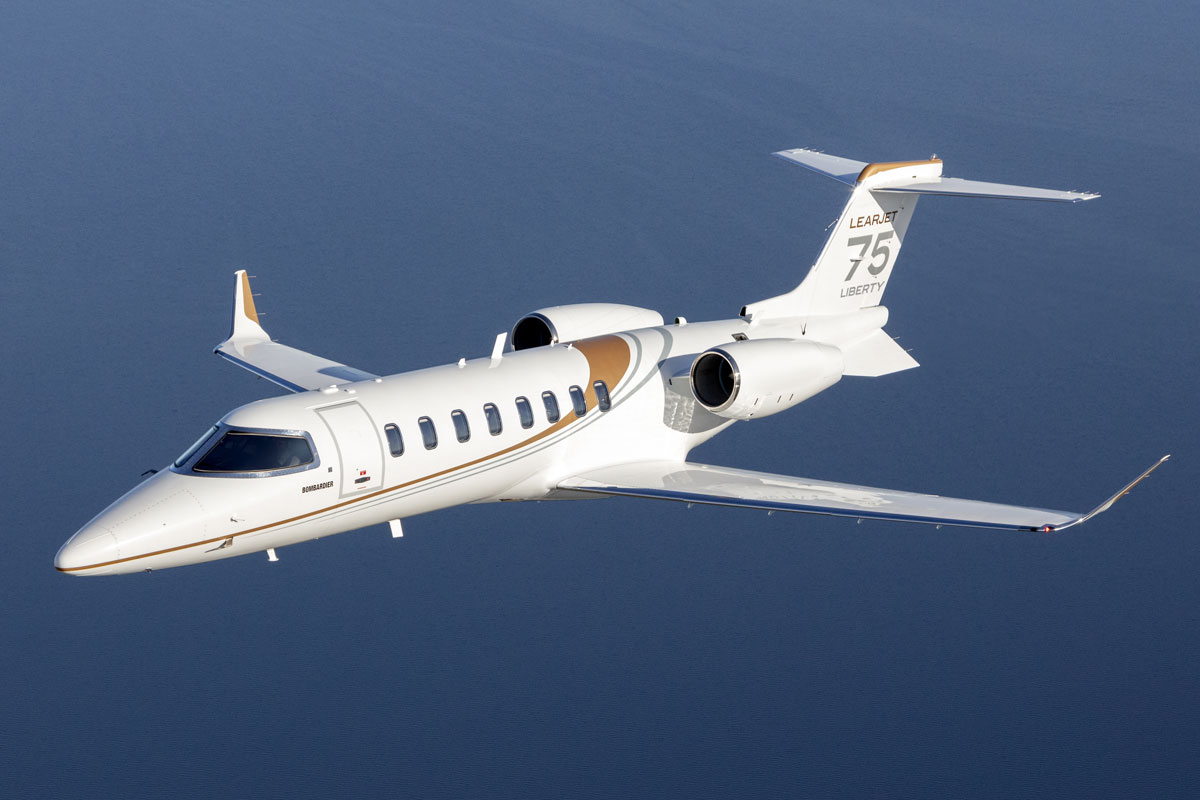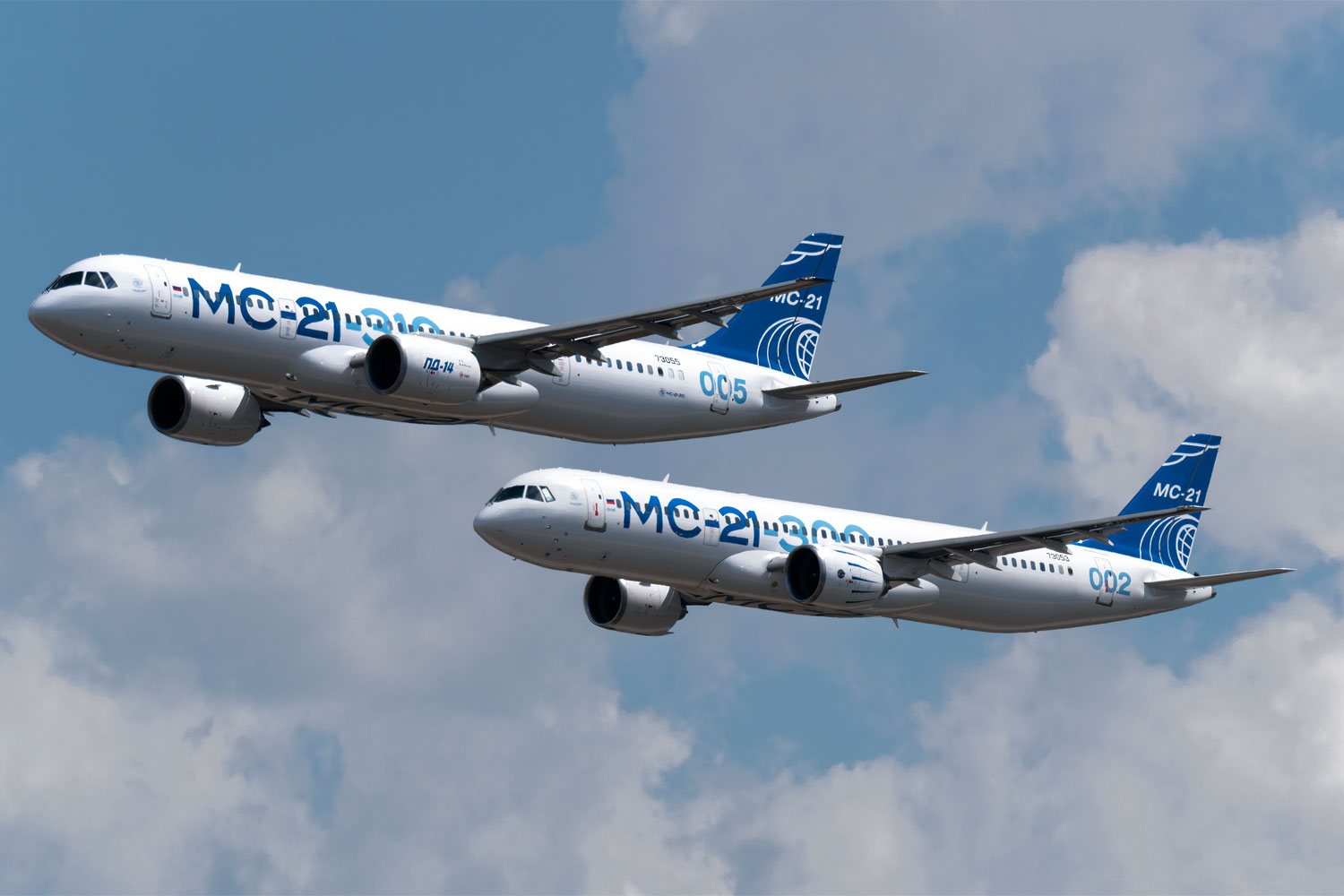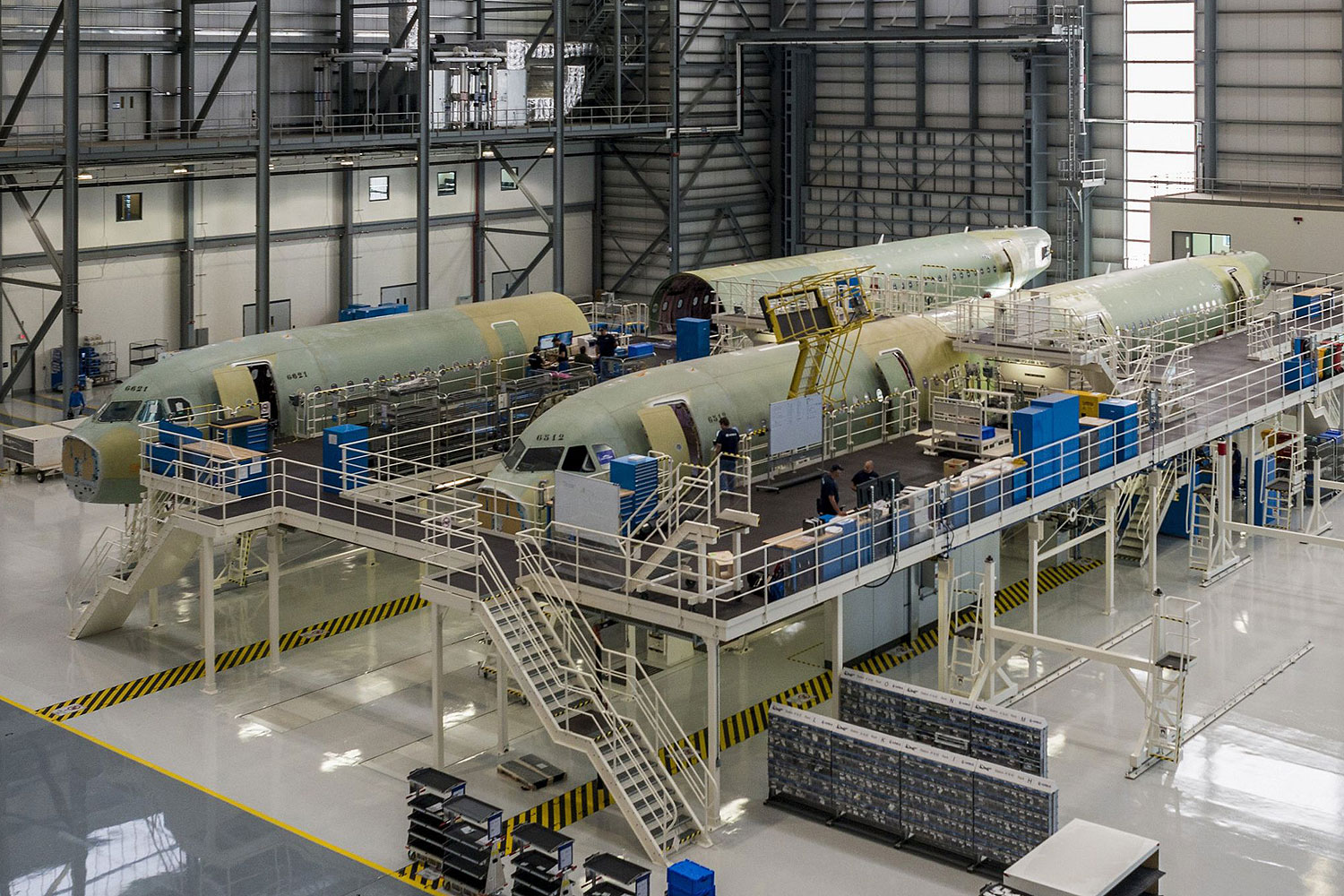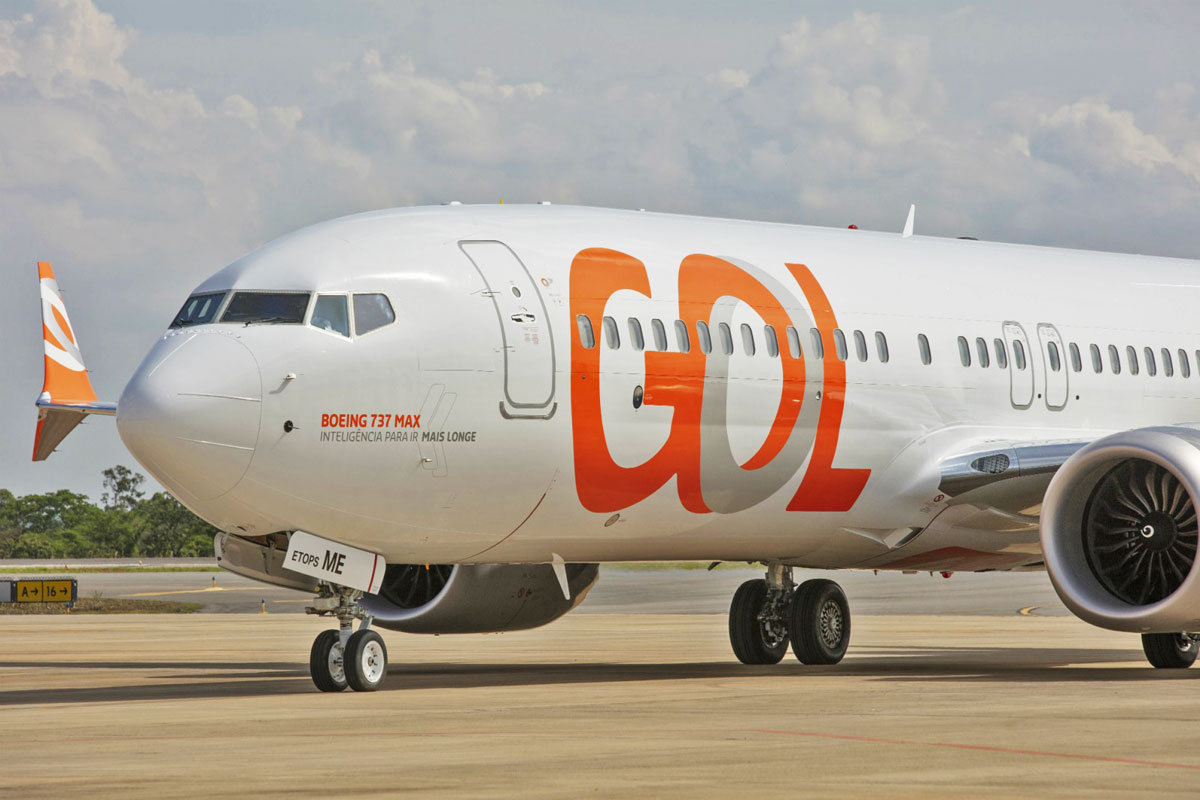The A380 is entering the final stretch of its history. Last week, Airbus completed production of the last set of wings for the world’s largest passenger jet. Now the pair of wings, each about 45 meters long and 35 tons, will leave the company’s factory in Broughton, Wales, on 6 and 7 February, from where they will be taken by ferry to the port of Mostyn, to be accommodated on an Airbus ship that will transport you to the south of France.
Then a 13-year period will end when the Welsh unit, formerly a factory that produced bombers Avro Lancaster and Vickers Wellington, was responsible for shaping the massive structure. Despite the end of production of the A380, the Broughton plant continues to mount the wings of the other Airbus models and even the A400M, the company’s military transport. However, the beginning of the term of Brexit, leaving the United Kingdom from the European Union, hangs on the future of the place.
Like all Airbus planes, the A380 is also manufactured in different regions of the globe, in a total of 16 locations, including Spain and Germany, in addition to the final assembly in Toulouse. All of these places will experience the same situation as Broughton as work on the remaining planes is completed. It is estimated that more than 3 thousand people are affected by the end of the giant’s production, but at least at the company’s main factory there is already a destination for the space used by the A380.
Airbus recently announced that it will use the four-engine aircraft assembly line to expand production of the A321, a jet that has become very popular lately. The airframer has even said that it will create a digitally-enabled production line that will be able to make it more efficient and flexible. It should start operating in 2022, joining Hamburg and Mobile, in the USA, where the A321 is also assembled.
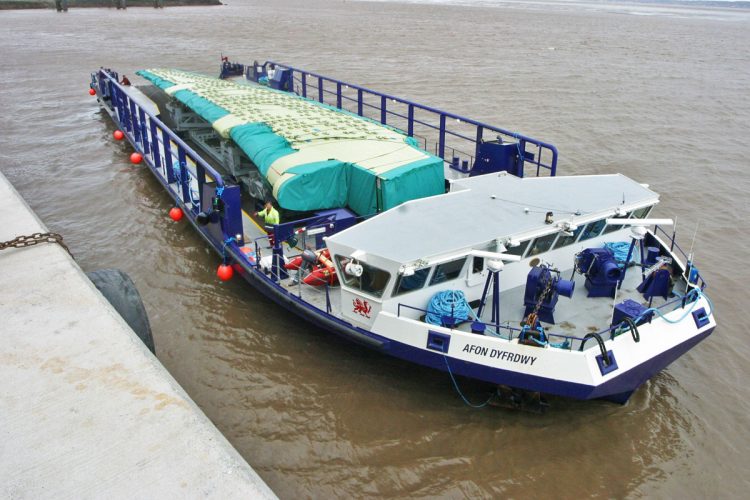
From solution to failure
With the delivery of the third and final A380 of All Nippon Airways about to take place, there are only eight jets ordered by Emirates, the largest operator of the aircraft in the world. According to December’s Airbus orders and deliveries report, the A380 had 251 orders of which 242 had been delivered by the end of 2019. Of these, two have already been dismantled for lack of interested parties, a destination that other planes should follow soon.
Airbus has already shown an interest in entering the large capacity jet market since the late 1980s and even started conversations with Boeing to launch an aircraft together, given the small demand in the segment. But in 1994, she decided to launch her own program, then called A3XX, even with a few interested companies.
After years of study, Airbus launched the A380 in late 2000 with about 50 orders from six customers. The double-deck jet was completed in 2001 and the first prototypes began production the following year. However, the September 11, 2001 terrorist attack in the United States put commercial aviation in a period of low demand and the A380 program ended up taking a long time to complete the first test aircraft, which was only revealed in early 2005.
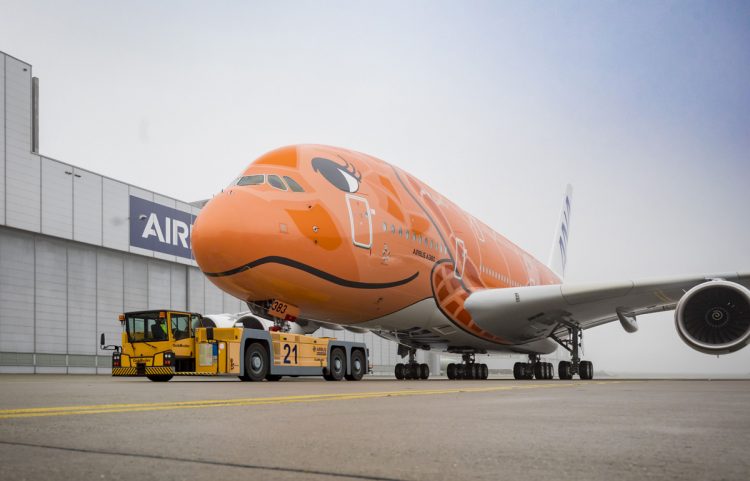
The first flight took place in April 2005, but the certification was only obtained in late 2006. Singapore Airlines, the launch customer for the plane, started operations almost a year later, on October 25, 2007. However, the following year the global economic crisis has pushed oil prices up and changed the way airlines saw the future.
At the same time, Boeing, which had aborted plans to create a “superjumbo”, preferred to invest in a new widebody jet of medium capacity and advanced design, capable of reducing fuel consumption and offering a more pleasant flight for passengers and crew. This aircraft, the 787, began to outline commercial aviation in the following decade.
Hit by a lean period and being an aircraft difficult to operate due to necessary changes at airports, the A380 only lasted longer because Emirates found it the ideal model for its hub in Dubai. With more than a hundred jets, the airline has created an incomparable network in addition to using the four-engine as a differential in its service.
Emirates ended up being decisive for the survival of the A380 for a few more years, however, it was responsible for the end of the aircraft last year by canceling part of its order. Without its largest customer, Airbus had no other choice but to end production of the largest passenger plane in history. The honor of receiving the last unit in early 2021 will, of course, go to the company in the United Arab Emirates.
